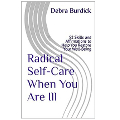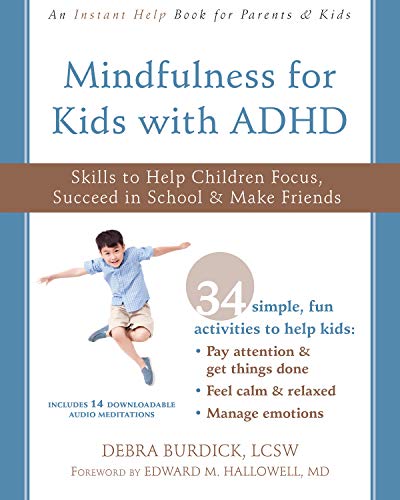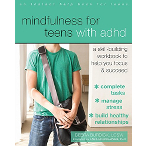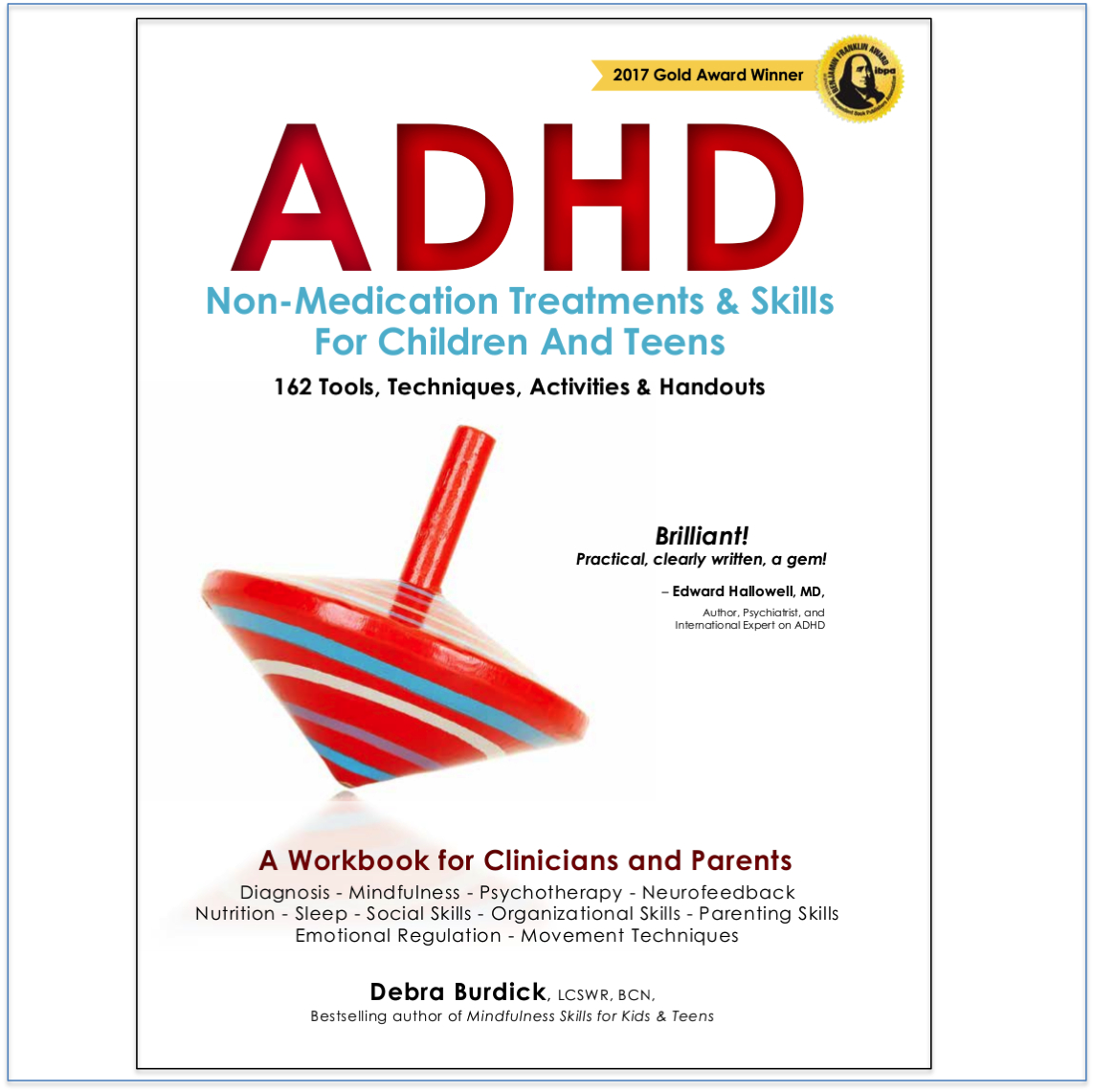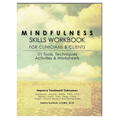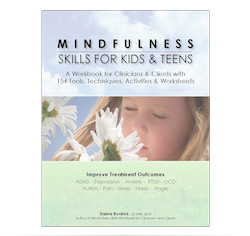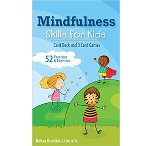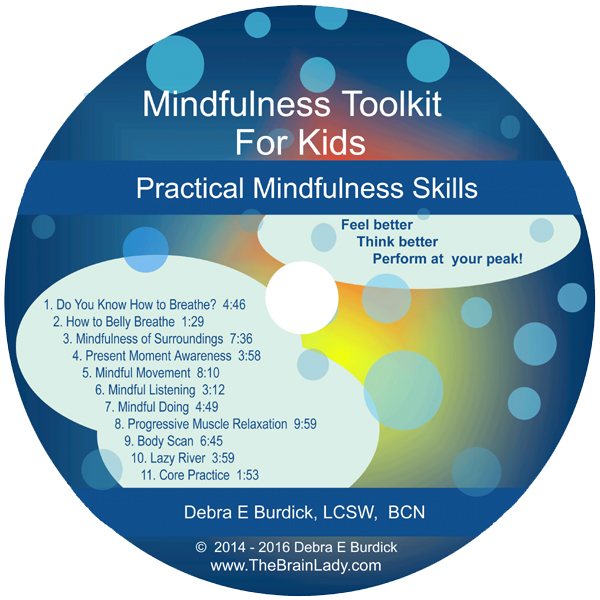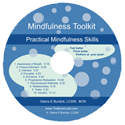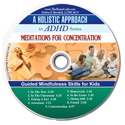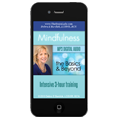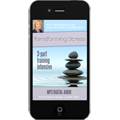ADHD
 ADHD is defined in the Diagnostic Statistical Manual for Mental Disorders (DSM-5*) used to diagnose all mental disorders, as a neurodevelopmental disorder. It includes a pattern of poor concentration, organization, and task completion and may also include impulsivity and hyperactivity – all that are abnormal for developmental age. It was once believed that a person would grow out of ADHD. Now, we know that approximately one third will outgrow it but 60% will become adults with ADHD. Remember each person is unique and may experience these symptoms differently.
ADHD is defined in the Diagnostic Statistical Manual for Mental Disorders (DSM-5*) used to diagnose all mental disorders, as a neurodevelopmental disorder. It includes a pattern of poor concentration, organization, and task completion and may also include impulsivity and hyperactivity – all that are abnormal for developmental age. It was once believed that a person would grow out of ADHD. Now, we know that approximately one third will outgrow it but 60% will become adults with ADHD. Remember each person is unique and may experience these symptoms differently.
ADHD is considered to be a dysregulation of executive function. Executive functions are neuropsychological processes needed to sustain problem-solving toward a goal. These are essential for self-regulation. The ten executive functions are:
- Inhibition of Impulses
- Sustaining Attention
- Shifting Attention
- Emotional Control
- Initiating Activity
- Working Memory
- Planning
- Organizing of Material
- Self-Monitoring
- Time Management
DSM-5 Criteria* for ADHD
I. Inattention
Six or more (five if 17 or older) of the following symptoms of inattention have been present for at least 6 months to a point that is disruptive and inappropriate for developmental level:
- Often does not give close attention to details or makes careless mistakes in schoolwork, work, or other activities.
- Often has trouble keeping attention on tasks or play activities.
- Often does not seem to listen when spoken to directly.
- Often does not follow instructions and fails to finish schoolwork, chores, or duties in the workplace (not due to oppositional behavior or failure to understand instructions).
- Often has trouble organizing.
- Often avoids, dislikes, or doesn’t want to do things that take a lot of mental effort for a long period of time (such as schoolwork or homework).
- Often loses things needed for tasks and activities (e.g. toys, school assignments, pencils, books, or tools).
- Is often easily distracted.
- Is often forgetful.
II. Hyperactive-Impulsive
Six or more (five if 17 or older) of the following symptoms of hyperactivity-impulsivity have been present for at least 6 months to an extent that is disruptive and inappropriate for developmental level:
 Often fidgets with hands or feet or squirms in seat.
Often fidgets with hands or feet or squirms in seat.- Often gets up from seat when remaining in seat is expected.
- Often runs about or climbs when and where it is not appropriate (adolescents or adults may feel very restless or ‘antsy’).
- Often has trouble playing or enjoying leisure activities quietly.
- Is often “on the go” or often acts as if “driven by a motor”.
- Often talks excessively
- Often blurts out answers before questions have been finished.
- Often has trouble waiting one’s turn.
- Often interrupts or intrudes on others (e.g., butts into conversations or games).
Some symptoms that cause impairment were present before age 12 years.
Some impairment from the symptoms is present in two or more settings (e.g. at school/work and at home).
There must be clear evidence of significant impairment in social, school, or work functioning.
The symptoms do not happen only during the course of Schizophrenia, or other Psychotic Disorder. The symptoms are not better accounted for by another mental disorder (e.g. Mood Disorder, Anxiety Disorder, Dissociative Disorder, or a Personality Disorder).
Based on these criteria, three types of ADHD are identified:
- ADHD, Combined Type: if both criteria for inattentive and hyperactive-impulsive type are met for the past 6 months
- ADHD, Predominantly Inattentive Type: if criterion for inattentive type is met but for hyperactive-impulsive is not met for the past six months
- ADHD, Predominantly Hyperactive-Impulsive Type: if Criterion for hyperactive-impulsive type is met but criterion inattentive type is not met for the past six months.
Most symptoms seen in children or adults with ADHD also occur at times in people without this disorder. However, in those with ADHD, these symptoms occur more frequently and interfere with learning, school adjustment, work, and, sometimes, with the person’s relationships with others.
In order for a diagnosis to be made, the symptoms had to have been present before age twelve and not be better accounted for by another diagnosis.
* For exact criteria, refer to the Diagnostic and Statistical Manual of Mental Disorders, Fifth Edition, Arlington, VA, American Psychiatric Association, 2013.
There are a number of patterns commonly seen in adults with ADHD. These patterns are not listed in the official diagnostic criteria for ADHD but they occur often in adults.
Ten common patterns seen in adult ADHD include:
- A pattern of impulsive behavior. This tendency to act without thinking through the consequences will show up in all areas of a person’s life including work, finances, relationships, and decision making.
- Drug addiction. This starts as young as sixteen years old and addiction rates for those with ADHD are reported in some studies as three times that of people without ADHD. This is often a form of self-medication to treat symptoms of ADHD such as hyperactivity, impulsiveness, distractibility, etc. There are much more effective treatment options available than these drugs!
- Smoking
- Traffic accidents due to risk taking, thrill seeking, and substance abuse. This is discussed by the National Resource Center on ADHD, a program of CHADD6.
- Job changes. This is due to impulsiveness, careless mistakes, not paying attention to detail, and poor task completion. In fact a Harvard study found that adults with ADHD earn as much as $15,000 per year less than peers without ADHD.
- Financial problems. This is the result of poor money management, poor planning, and impulse buying.
- Low self esteem
- Family history of ADHD. There is nothing you can do to change this but it helps to know if it’s there.
- Road rage. This results from poor impulse control, anger, frustration and impatience.
- Twice the average divorce rate. This is due to impulsivity, and being unreliable, and reckless. It also reflects inability to pay attention during conversations and not being able to follow through and complete tasks. Things as simple as forgetting to pick up milk on the way home as promised contribute greatly to this.
For more information about getting an accurate diagnosis for you or your child read IS IT REALLY ADHD? ONLY ADHD? How to Get an Accurate Diagnosis for You or Your Child
TREATMENT
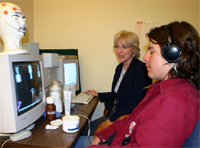 ADHD is helped by Cognitive Behavioral Therapy, Neurofeedback, Mindfulness, Coaching, Supplementation with specific nutrients, and Medication. For more information about treatment options for ADHD read ADHD Treatment Options: How to Choose the Right Treatment Options for You or Your Child
ADHD is helped by Cognitive Behavioral Therapy, Neurofeedback, Mindfulness, Coaching, Supplementation with specific nutrients, and Medication. For more information about treatment options for ADHD read ADHD Treatment Options: How to Choose the Right Treatment Options for You or Your Child
I worked with a teenage boy with ADHD who had trouble concentrating, getting his homework done, and was earning poor grades. His motivation was very low but became non-existent when his pediatrician put him on Strattera which made him quite depressed. I combined psychotherapy and Neurofeedback to improve his concentration, task completion, homework time, grades, motivation, and mood. About six years after treatment was complete his mother contacted me to treat her younger son. She told me the son I had treated was graduating from high school. He was on the honor roll and had been accepted to a great college and needed no medication.
My daughter was my first Neurofeedback client when she was thirteen. She had all the classic symptoms of ADHD and stimulant medications helped to improve her symptoms and her grades. After I did Neurofeedback treatment we discontinued her stimulant medication and her grades and symptoms remained improved. She later graduated from college achieving three years on the Dean’s list with no stimulant medications.
I used Neurofeedback to treat a woman guidance counselor who had ADHD. She had trouble concentrating, completing tasks, and following through with things. After the Neurofeedback treatment she became better able to concentrate and she commented that although she had been telling students to ‘concentrate’ throughout her career she never really knew what it felt like to truly concentrate until she did Neurofeedback. She also started winning all of her tennis matches which is not uncommon once a brain is better regulated and a person can focus more effectively. This is what happens with peak performance.
Neurofeedback has been shown to be effective in treating Attention Deficit/ Hyperactivity Disorder. A meta-study (study of the studies) published in the May 2009 edition of Clinical EEG and Neuroscience1 found that “Neurofeedback treatment for ADHD can be considered ‘Efficacious and Specific (level 5)”. The Guidelines for Evaluation of Clinical Efficacy of Psychophysiological Interventions used for this study are similar to those from the American Psychological Association (APA). To meet the criteria for this highest level of efficacy, Level 5 – Efficacious and Specific, the treatment needs to be demonstrated to be statistically superior to a credible sham therapy, pill, or bona fide treatment in at least two independent studies.
Fill out this ADHD Symptom Rating Scale and take it with you to your first appointment with Deb.
Caution: The information presented here is for your reference only and should not be used to diagnose or treat any condition. It is not intended to substitute for the advice of you or your child’s medical doctor or mental health professional.
PLEASE NOTE: As of December 31, 2014 Deb has retired from her private practice and is no longer accepting new clients so that she can concentrate on writing and teaching. The above is for historical/informational purposes only.

